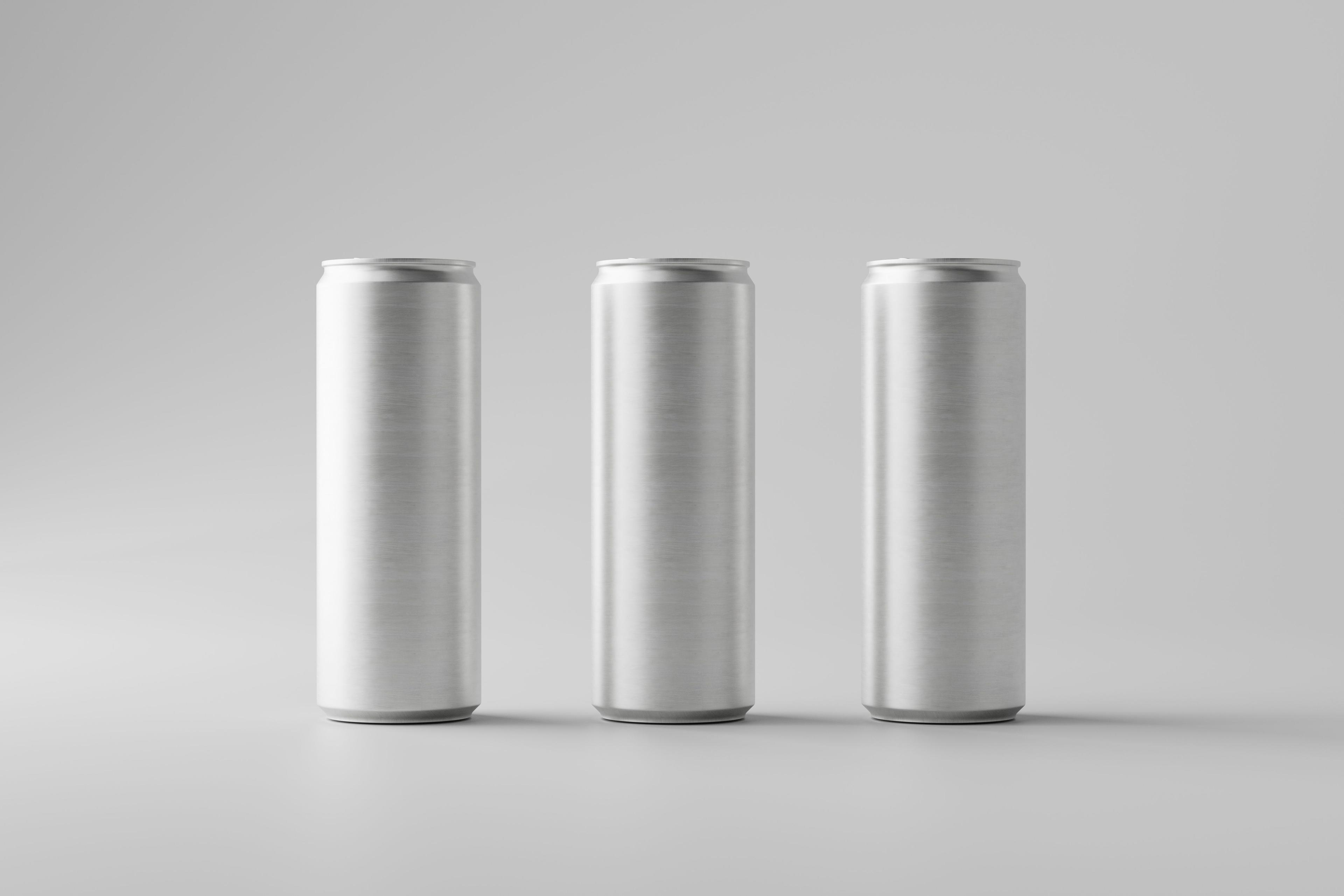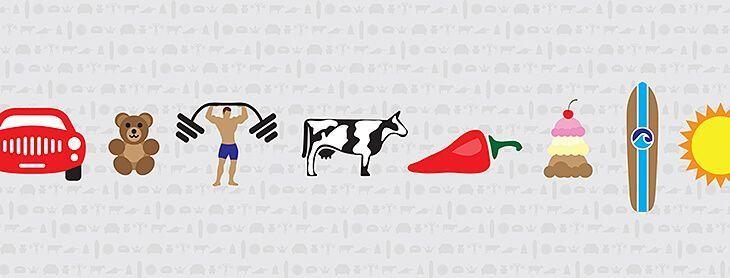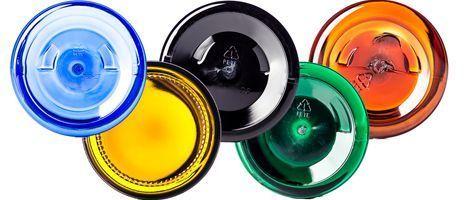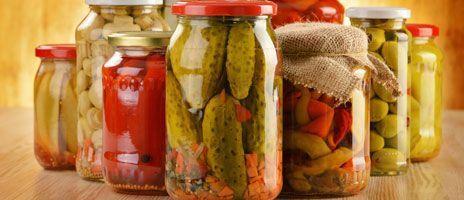Customizing Metal Containers: A Step-by-Step Guide


Metal containers are widely used across various industries due to their durability, sustainability, and ability to protect contents effectively. However, to stand out in the market and align with branding goals, businesses often opt for customized metal containers. Whether you’re in the food, cosmetic, pharmaceutical, or industrial sector, customizing metal containers can elevate your product presentation and functionality.
This step-by-step guide will walk you through the customization process, from selecting the right material to applying branding elements, ensuring you create a packaging solution that resonates with your customers and enhances your brand identity.
Step 1: Determine the Purpose of Customization
Before diving into the customization process, identify the specific reasons for modifying metal containers. Customization can serve various purposes, including:
- Brand Recognition – Enhancing visual appeal to make your product more recognizable.
- Product Protection – Ensuring that the container suits the type of product being stored.
- Consumer Convenience – Designing user-friendly features for ease of use.
- Regulatory Compliance – Meeting industry-specific packaging standards and requirements.
Understanding these factors will help in making informed decisions throughout the customization process.
Step 2: Select the Right Metal Material
Different metals offer distinct advantages for packaging. The most commonly used metals for containers include:
- Aluminum – Lightweight, corrosion-resistant, and recyclable, ideal for food and beverage cans, cosmetic tins, and pharmaceutical packaging.
- Tinplate – A steel sheet coated with tin, providing excellent resistance to rust and widely used in food packaging.
- Stainless Steel – Known for its durability and strength, often used for industrial applications and high-end cosmetic packaging.
- Galvanized Steel – Used for heavy-duty storage and transportation due to its rust-resistant properties.
Choosing the appropriate metal ensures that your container meets the functional and aesthetic needs of your product.
Step 3: Define the Container Shape and Size
Customization allows you to tailor the shape and size of metal containers to best suit your product. Consider factors such as:
- Volume Capacity – Ensure the container can hold the required amount of product efficiently.
- Shape Variations – Options like cylindrical, rectangular, or uniquely contoured designs can enhance product differentiation.
- Stackability and Storage – Design for ease of stacking and storage in warehouses and retail spaces.
- Portability – Lighter designs for travel-friendly products in personal care and food industries.
Selecting the right shape and size impacts functionality and consumer appeal.
Step 4: Choose the Right Lid and Closure Mechanism
Lids and closures are crucial components of customized metal containers, influencing usability and product security. Some common closure types include:
- Screw Tops – Ideal for powders, creams, and liquids, ensuring an airtight seal.
- Snap-On Lids – Suitable for easy-access packaging like mints, candies, and certain food products.
- Hinged Lids – Common in premium packaging for cosmetics, jewelry, and promotional items.
- Crimped or Sealed Tops – Used for aerosol cans and pressurized containers to maintain product integrity.
Each closure type offers different advantages, so choose one that aligns with your product’s needs.
Step 5: Select Surface Finishes and Coatings
The finish of a metal container enhances its visual appeal, durability, and resistance to environmental factors. Available finishes include:
- Glossy Finish – Provides a sleek, high-end look often used in luxury packaging.
- Matte Finish – Offers a modern, subtle aesthetic that appeals to minimalist branding.
- Brushed Metal – Adds texture and sophistication, ideal for premium product lines.
- Powder Coating – Provides additional durability and color options for industrial and commercial applications.
- Lacquer Coating – Common for food and beverage cans to prevent corrosion and maintain product safety.
Selecting the right finish enhances the longevity and appearance of your packaging.
Step 6: Implement Branding Elements
Branding is essential for product recognition and customer loyalty. Here are key ways to customize metal containers with branding elements:
- Embossing and Debossing – Creates a tactile effect with raised or recessed designs on the metal surface.
- Custom Printing – Allows for full-color graphics, logos, and product details using lithographic, screen, or digital printing.
- Etching and Engraving – Adds a sophisticated, permanent branding mark ideal for high-end products.
- Labels and Wraps – Provides flexibility in branding with removable and interchangeable designs.
Strong branding ensures your product stands out on store shelves and enhances brand recall.
Step 7: Consider Special Features for Enhanced Functionality
Depending on the industry, additional functional enhancements can improve user experience, such as:
- Airtight and Vacuum Seals – Important for food preservation and pharmaceutical stability.
- Child-Resistant Closures – Essential for chemicals, pharmaceuticals, and cannabis packaging.
- Tamper-Proof Seals – Ensures product safety and builds consumer trust.
- Custom Handles or Spouts – Increases convenience for industrial and household products.
- Dual Compartments – Useful for combination products, such as meal kits or dual-function cosmetics.
These features can add value and differentiation to your product.
Step 8: Test the Customized Design
Once the design is finalized, prototype testing is crucial to evaluate:
- Durability and Strength – Ensuring the container withstands shipping and handling.
- Usability – Testing ease of opening, closing, and dispensing.
- Regulatory Compliance – Meeting industry-specific safety and labeling standards.
- Consumer Feedback – Gathering input from target audiences to refine the design.
Conducting rigorous testing prevents costly design flaws and ensures a seamless product launch.
Step 9: Optimize Production and Cost Efficiency
Customizing metal containers should balance quality and cost. Strategies to optimize production include:
- Bulk Ordering – Reduces costs per unit and ensures supply chain stability.
- Sustainable Sourcing – Using eco-friendly materials and manufacturing processes to appeal to green-conscious consumers.
- Automation in Manufacturing – Streamlining production processes for consistency and efficiency.
- Supplier Collaboration – Working closely with packaging experts to create the most cost-effective solutions without compromising quality.
Optimizing production ensures that customization remains financially viable for long-term use.
Customizing metal containers is a powerful way to enhance product appeal, improve functionality, and strengthen brand identity. By carefully considering material selection, size, branding, special features, and production efficiency, businesses can create unique packaging solutions that set their products apart.
If you’re looking to customize metal containers for your business, explore our wide range of options and connect with our packaging experts today!




